All About Medical Examination Gloves
Healthcare professionals utilize disposable gloves every day. The purpose of these gloves is to protect both the professionals themselves and their patients from potential infections that may be transmitted through the skin. These gloves also protect healthcare professionals from exposure to dangerous substances they may handle, such as chemicals or medications.
Many different types of disposable gloves are available. Within each type, healthcare professionals can also choose from different brands. For this reason, it is important to understand the different types of gloves, as well as the standards these products must meet in order to be effective.
Types of Gloves
Several different types of gloves are available to medical professionals. Different types of gloves that may be purchased include:
- Vinyl Gloves - Available in clear and blue colors, as well as with or without powder.
- Latex - Available in powdered and unpowdered varieties.
- Synthetic - May be made of several different types of material, including nitrile, neoprene and polyisoprene. Nitrile gloves are the most popular. The standards for nitrile exam glove characteristics are contained in ASTM D6319-10.
Each of these different types of gloves comes with its own advantages and disadvantages. In addition, some gloves may be better suited for specific types of uses. To use medical gloves most effectively, medical professionals must be aware of each type of glove’s pros and cons and recommended uses, as well as the best practices for using gloves in a healthcare setting.
Pros and Cons of Vinyl Gloves
Pros: Vinyl gloves are unlikely to cause allergic reactions on the skin. They are comfortable and easy to put on as well. In addition, vinyl gloves are cost-effective, making them a popular choice among medical professionals.
Cons: Vinyl gloves are not as protective as gloves made of other materials and may allow viruses carried in the blood to pass through. They are also prone to leakage. For this reason, vinyl gloves are only recommended in situations where the risk of coming into contact with infectious bodily fluids is low.
Pros and Cons of Latex Gloves
Pros: Latex gloves provide superior protection from dangerous substances, including chemicals and infectious agents. These gloves are ideal for use in situations involving a high risk of infection and/or harsh chemicals or medications that could cause harm if allowed to come into contact with skin.
Cons: Allergies to latex are common. If either a healthcare professional or a patient is allergic to latex, this type of glove is not recommended.
Pros and Cons of Synthetic Gloves
Pros: Synthetic gloves are latex-free, which means they can be used safely when healthcare professionals and/or patients have a latex allergy. These gloves are as strong and protective of latex, allowing them to be used in virtually any situation, including those with a high risk of exposure to harsh chemicals or infectious agents. Synthetic materials are often used to make chemo gloves.
Cons: Synthetic gloves don’t have as much flexibility as latex of vinyl gloves, which means they are more difficult to put on and not as comfortable to wear. In addition, they tend to be more expensive than the other types of gloves on the market.
Choosing the Best Gloves
Choosing the best gloves involves considering several different factors, including the intended use, your budget and more. As you compare different options, consider each of the following issues:
1. The way the gloves will be used.
If you are purchasing gloves for a situation with a high risk of infection or exposure to harsh chemicals, opt for latex gloves or synthetic gloves. Alternatively, if the risk of exposure is low, vinyl gloves may be an acceptable choice.
Chemo gloves require special consideration, as these gloves will be used in circumstances involving harsh and dangerous chemicals. For this reason, chemo gloves are often made of synthetic materials designed to provide maximum protection. The chemotherapy gloves you select should be tested per the latest standard (ASTM D6978-05) using a wide range of chemotherapy agents. Breakthrough times should be listed on the dispenser box.
2. The possibility of allergies.
If you, your patients or other staff members have a latex allergy, it may be better to choose synthetic and/or vinyl gloves, depending on the way they will be used.
3. Powdered versus unpowdered.
Many different types of medical grade gloves can be powdered or unpowdered. Choosing powdered gloves ensures that your gloves will be easier to put on and remove, and they will also be less likely to retain moisture. However, powdered gloves pose a small possibility of contamination and should therefore be avoided in high-risk situations.
4. Standards and quality assurance.
A variety of different brands of nitrile examination gloves are available, including Cranberry, Hartalega, Hongray, VGlove, Intco and others. Gloves made from the same material do not always offer the same level of quality when made by different manufacturers. In order to make sure the products you are using will be effective, it is important to make sure the brand has been tested and meets the appropriate standards.
In Canada, for example, medical gloves are considered Class II medical devices. To manufacture and sell these products, companies must have a medical device license. ASTM International also publishes standards for the testing of medical gloves. To investigate different brands of medical gloves in the United States, utilize this tool on the FDA’s website. In Canada, consult this guide.
MedSupply offers a variety of medical examination gloves for healthcare professionals. Contact us to learn more.


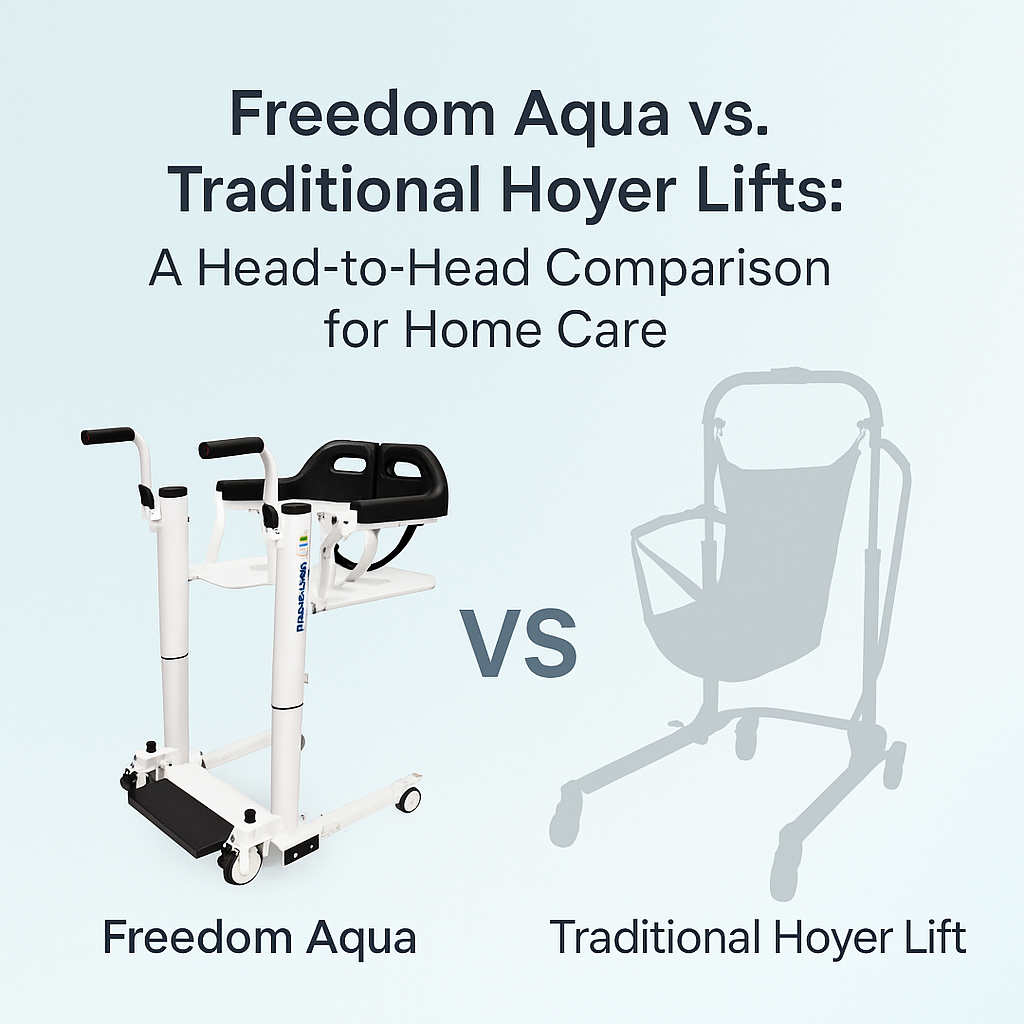
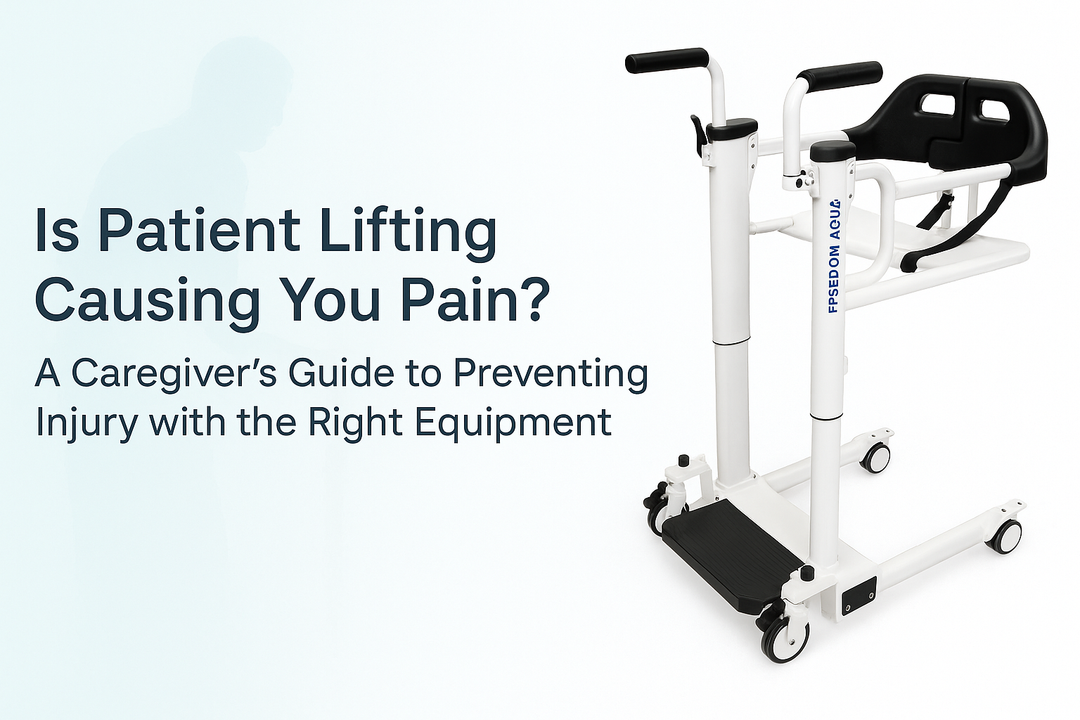
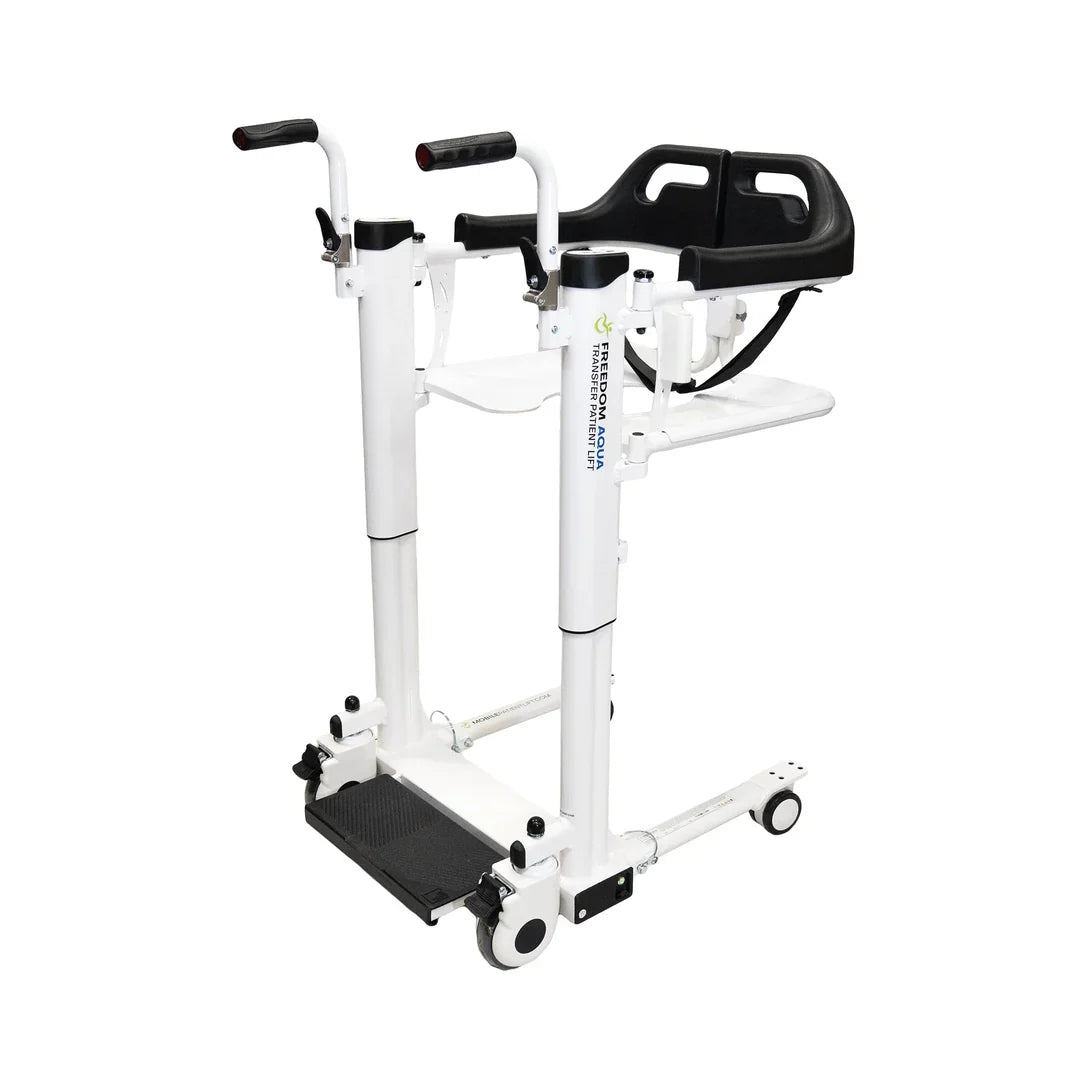
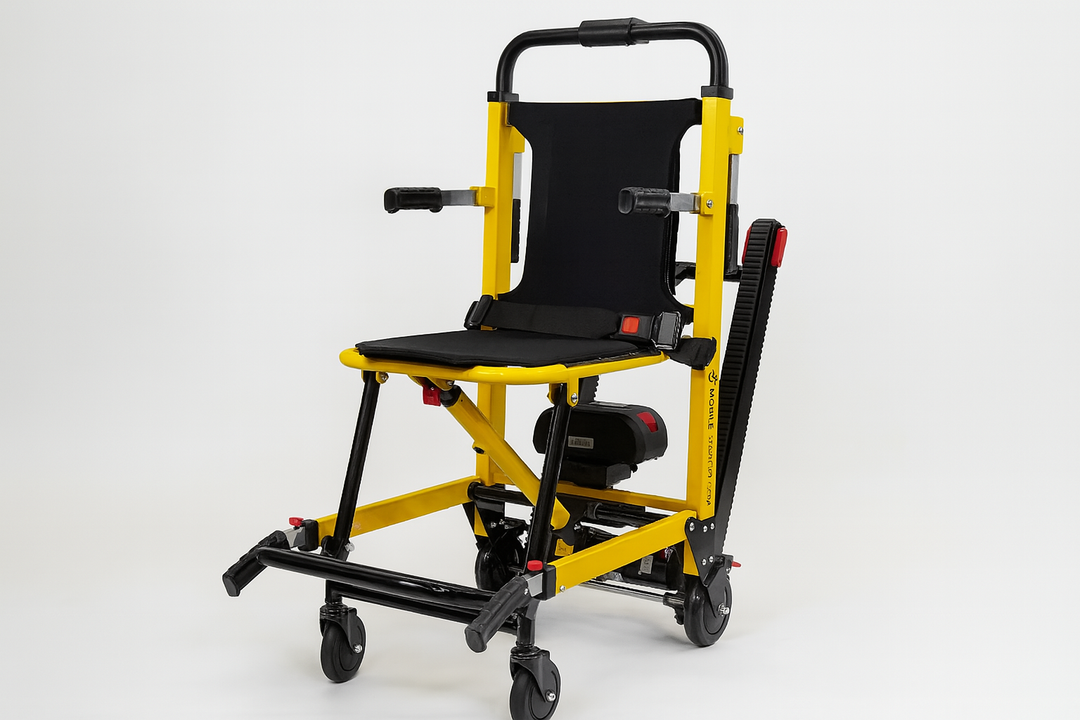

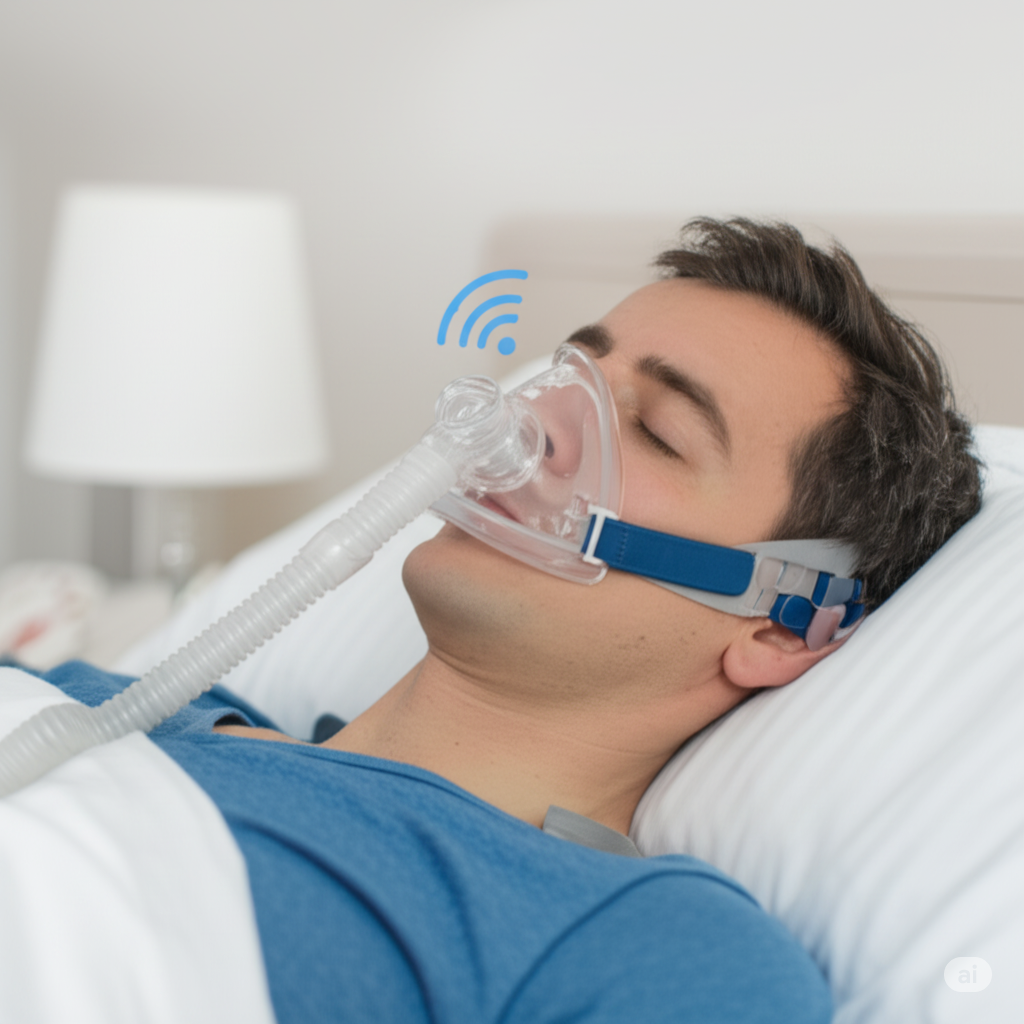
Leave a comment